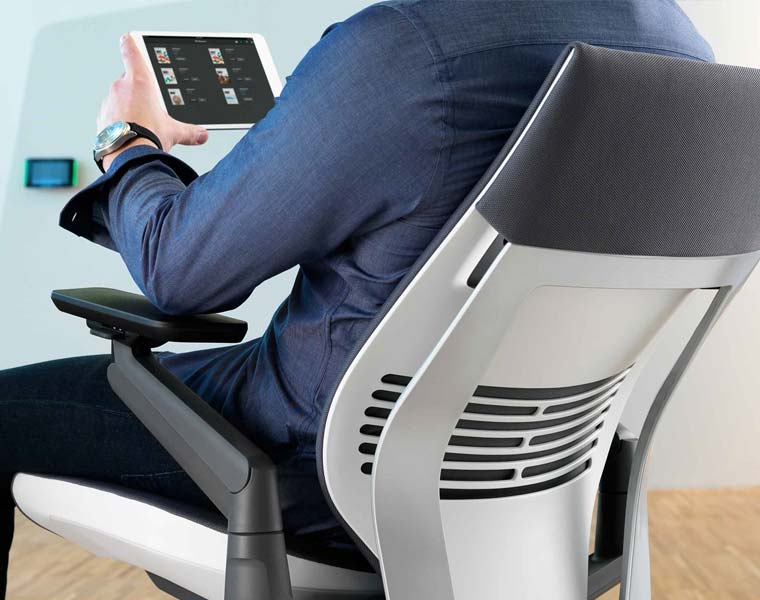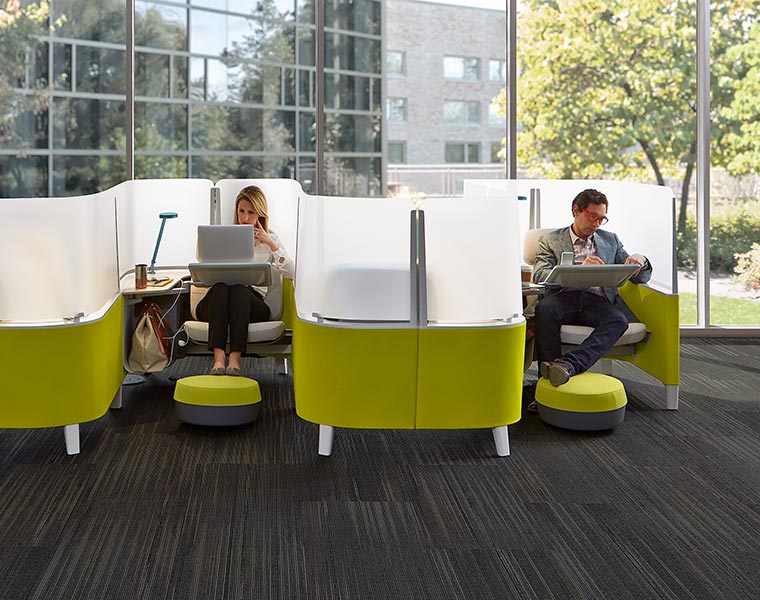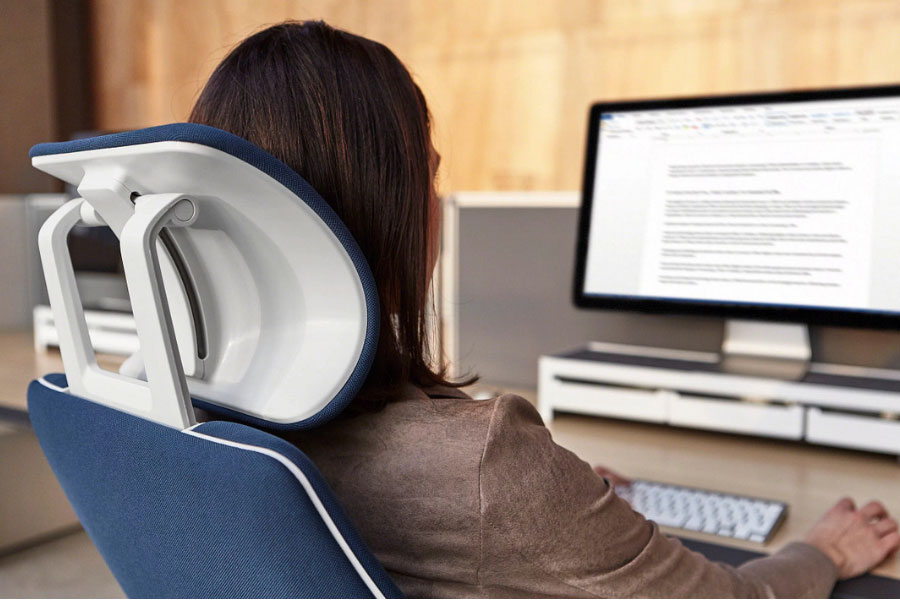On the Knowledge Centre last week, we discussed why we believe the office is still relevant in 2021, and the invaluable role the shared, physical workspace has to play in productivity and wellbeing. This week, we’re taking a deep-dive into the finding from Fellowes’s recently published New Way of Working report, looking at the impact of prolonged home-working on employees’ physical and mental health.
An overarching summary of the results demonstrates that most of those working from home currently have an inadequate workstation, which is having a detrimental effect on our brains and bodies. The research also reveals that the enforced working from home regulations that have been in place for most of the past twelve months has lead to people working much longer hours.
In addition, a majority of employees working from home have had to undertake significant financial investment into ensuring their home working environments are both comfortable and functional.

Some key statistics:
- 47% work longer hours when working from home than they do in the office
- 65% spent an average of £1,300 paying for their own home office equipment last year
- 59% believe home working should be regulated or legislated by the government
Let’s now take a look at some more of Fellowes’s findings in greater detail, and share some pointers for improvement from the space design and furniture experts here at Penketh Group.
Nearly half (49%) of workers don’t have a proper workstation
Of those working from home, almost half admit to not having a proper place set up to work from. One in 10 work from the sofa, 5% work from their bed and 3% work from the floor.
Whilst these might seem like small numbers, they still amount to an alarming number of people working in discomfort or conditions that threaten their health.
Check out our home-working set-up guide with Nomique’s Richard Olver >
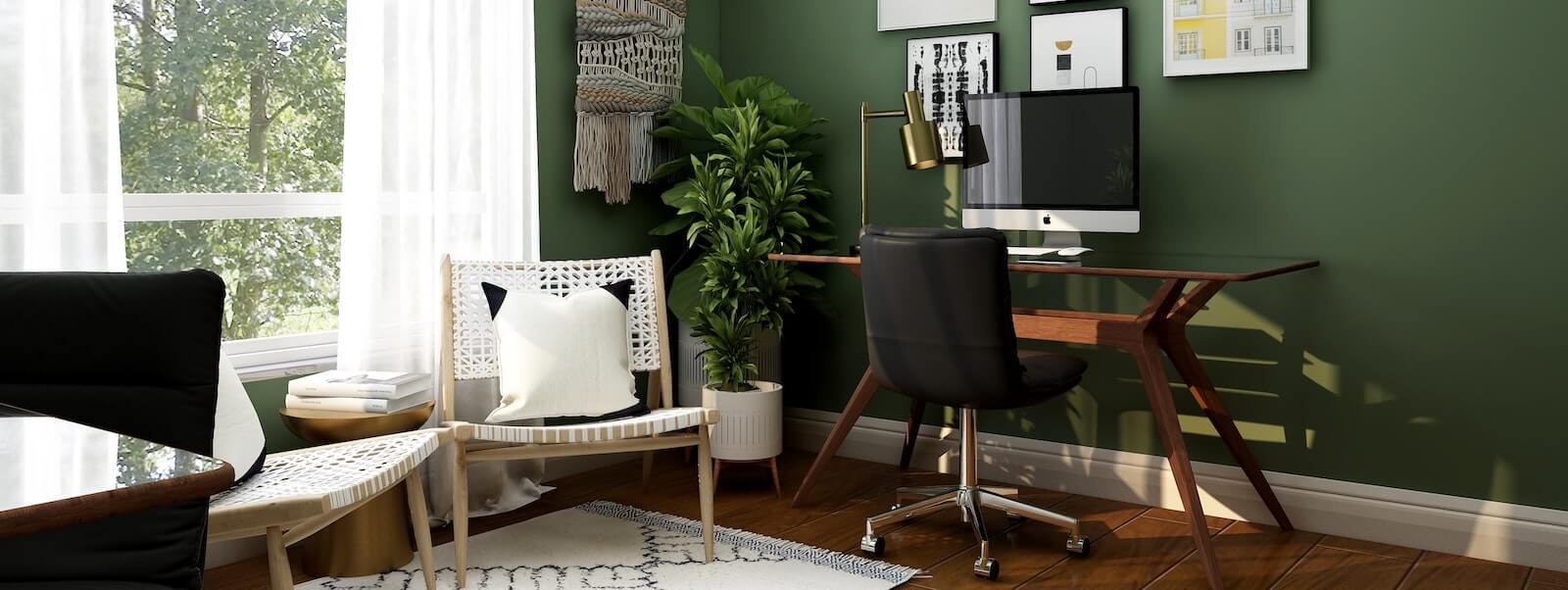
More than a quarter (26%) suffer with a sore or aching back
Sore backs weren’t the extent of the home-working damage either. A significant 27% said that they suffer with strained eyes, with the same percentage of people admitting to problems with a stiff neck. A quarter of respondents also said that they suffer with headaches.
Penketh Group recommends:
- Ergonomic furniture that has been designed to support the human body, natural postures, and long-term comfort (e.g. high-support task chairs and sit-stand desks).
- Consider encouraging more outdoor/walking meetings to encourage staff to get up and move around more during the working day.
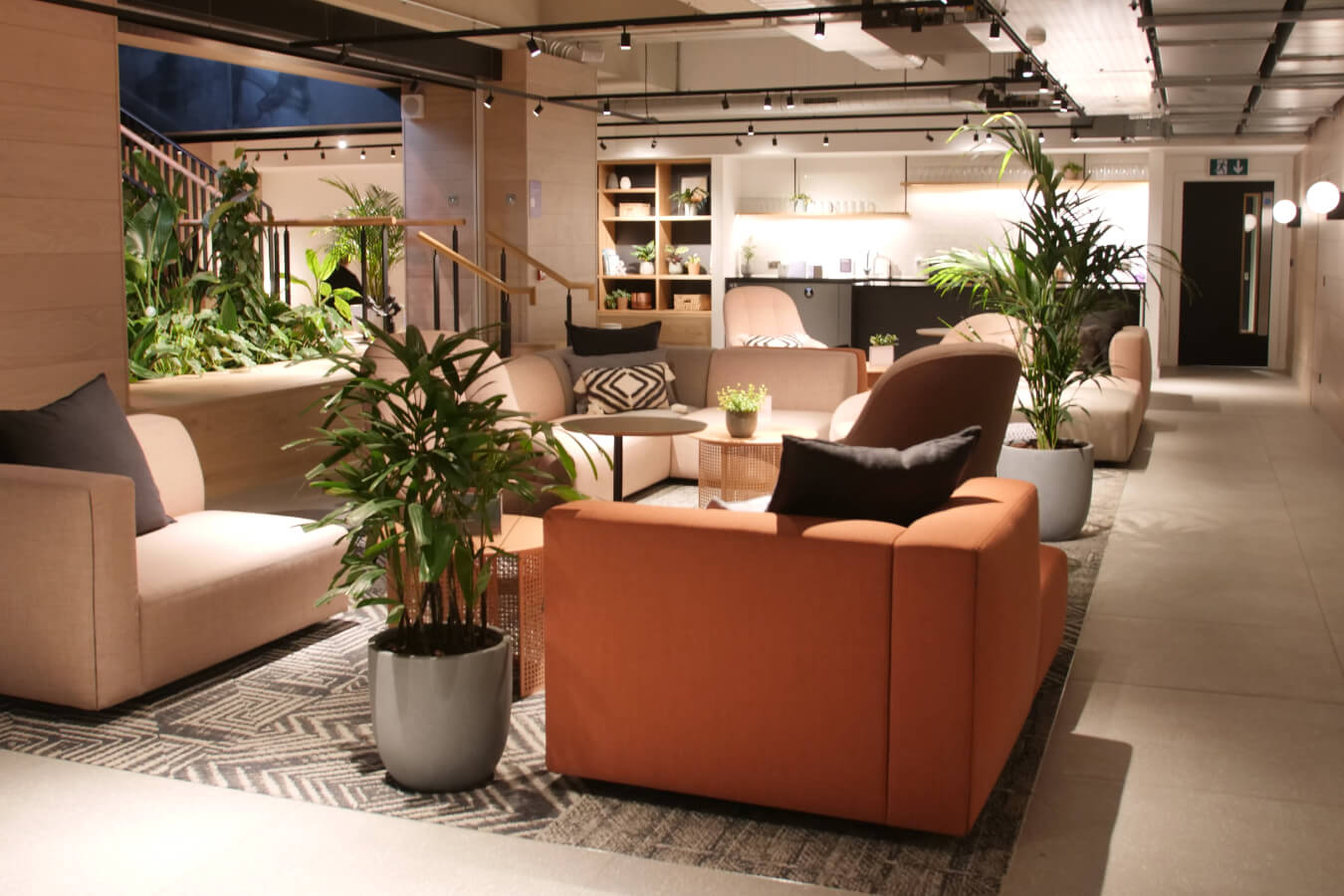
45% have never completed a workstation risk assessment since working from home
Almost half of workers say that since working from home, they haven’t had to submit a formal risk assessment of their working environment.
Sadly, this means that far too many businesses are leaving their staff to suffer in silence, without checking in with them to ensure that their working conditions are comfortable and adequate.
Penketh Group recommends:
Running workstation risk assessments for those working from home as routinely as you would for those employees who are office-based.
- Address any issues that do arise as a result of the assessments, providing simple solutions such as laptop stands, wrist rests, foot rests and ergonomic mouse mats where necessary.
- Make room in the business budget wherever possible to give employees access to some financial aid when it comes to buying furniture and equipment for their home workstations.

32% of workers experience feelings of loneliness and isolation
It goes without saying that this issue has been exacerbated as a result of the pandemic and social distancing guidelines causing the spike in home-working.
As life starts to slowly return to normal, hopefully we will see an organic decline. However, that doesn’t mean it should be a problem left unmanaged in the more immediate future.
Penketh Group recommends:
- More casual settings within the workspace to encourage socialisation – perhaps with a big, squishy oversized sofa to feed into this year’s trends.
- Making the workspace feel safe and inclusive so that people feel that they want to return to the office.
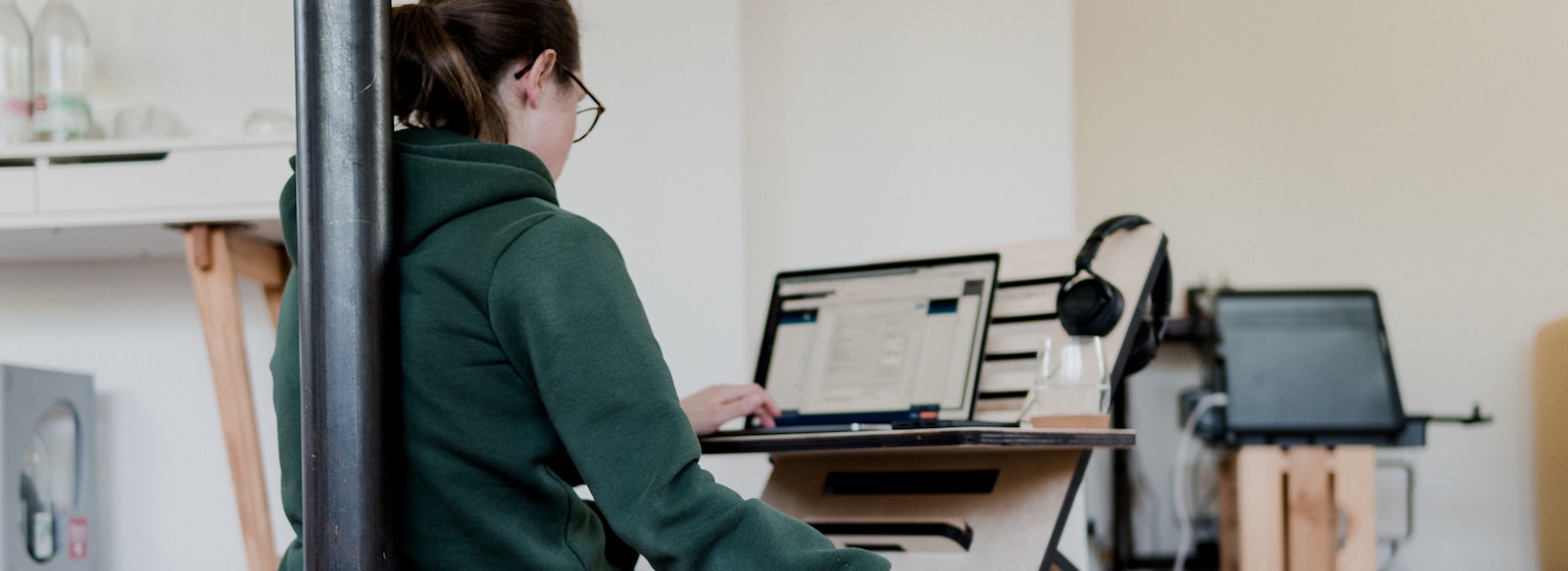
38% anticipate a blended working approach for the future
In a recent blog post, we demystified some of the key office design buzzwords of 2021, with ‘blended working’ being one of the most well-used phrases floating around right now. It describes the harmonious amalgamation of office-based and remote working – a combination most of us are expecting to see become commonplace post-pandemic.
Penketh Group recommends:
- Video conferencing facilities to support remote-resident communication.
- Less dedicated desks and more collaborative, breakout and shared work settings.
Read the full Fellowes New Way of Working report or watch the video below.

